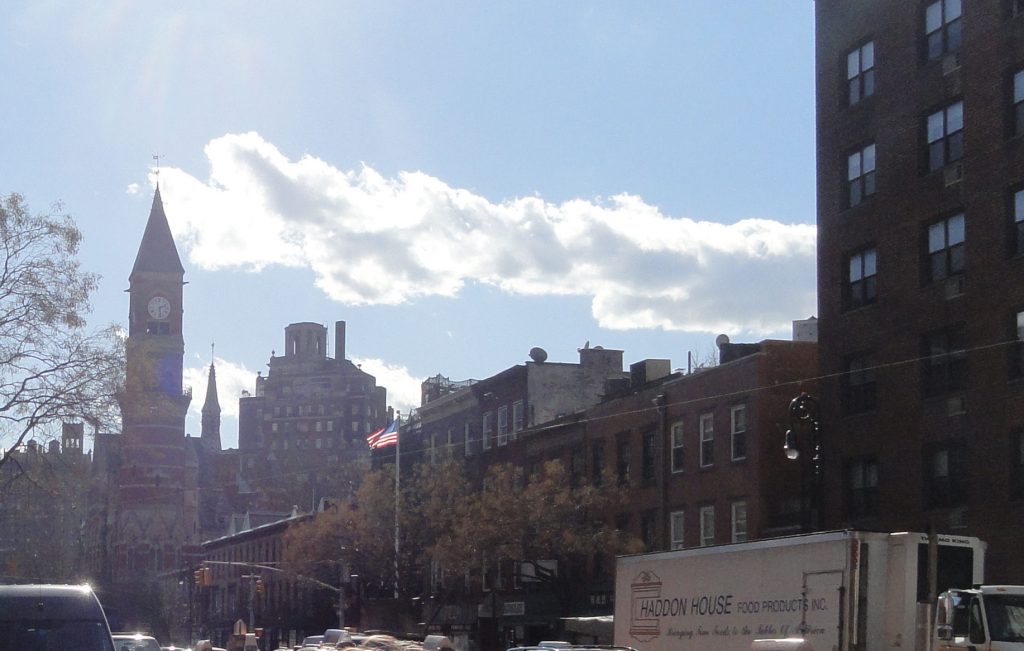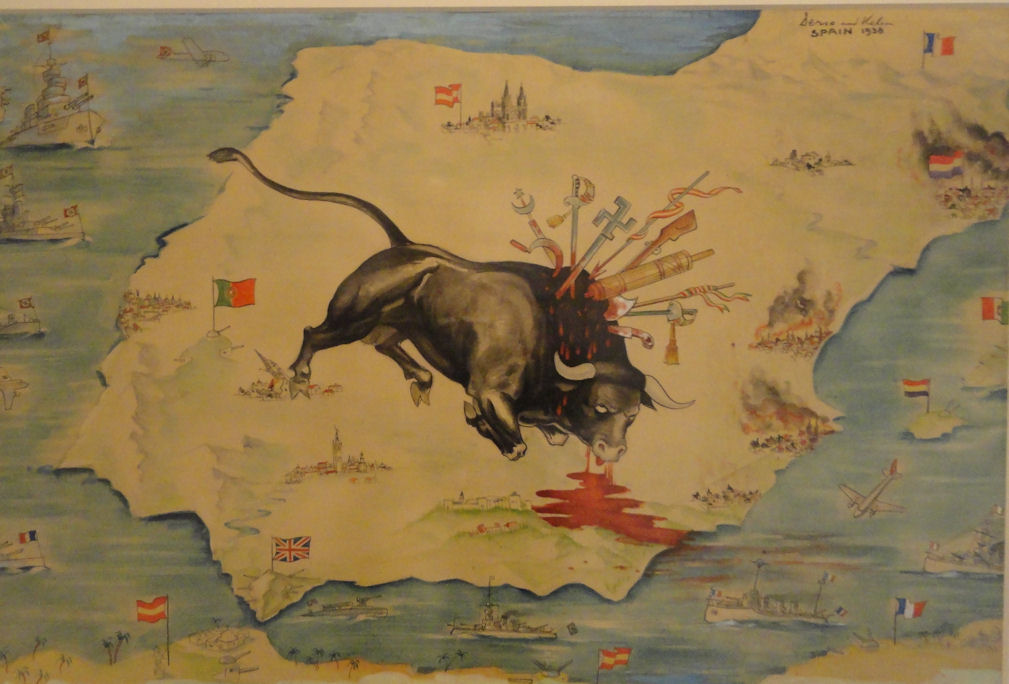
Parsons School of Design
We sometimes think of innovation as new discoveries, a new software or medicine. We still have the image of the lone genius building something new in the basement or the garage. The basement or garage may still be part of innovation, but the genius is not alone. Innovation also and perhaps more importantly is the application of techniques and technologies in different ways that satisfy developing needs. After all, a new discovery that cannot be communicated or applied is as useful as … nothing. Innovation must always exist in a human society context.
I admit that I was a little confused when I saw that the Parsons School of Design at the New School in New York was on our list of visits. I was thinking in that narrow sense that design meant only something like making nice looking furniture, modern art or maybe high fashion. I was wrong.
People at Parsons explained that they work on teams to embed scientific and technical innovation into systems, i.e. designs that serve human needs. Theirs is a multi-disciplinary approach of engagement with complex problems of art, design, science & technology all wrapped into something that works for people They started with the example of their work on the solar decathlon/empowerhouse, where their team designed and built a modular house that was functional, comfortable, attractive and produced its own energy using passive and active solar power.
It was impressive as was the philosophy behind. You have to go where the problem is and help solve it for the people there with their cooperation of those affected by the problem and will be involved in implementing solutions, my kind of thing. Partnerships frame the definition of the problem and the solutions.
Parsons already has two SWB participants who are doing well, BTW.

The New School was founded in the 1920s, among others by people fleeing the tyranny of totalitarianism in Europe. You still get that feeling from the building, which was designed in the 1920s and by the decoration. Our room featured large murals by the Mexican artist Jose Orozco. It was a product of the times, featuring heroes like Gandhi and villains like Lenin and Stalin. I wondered why Hitler was not featured until I found out that it was pained in 1931, when Hitler was just a dark cloud on the horizon. A painting on the wall of the hall is from a bit later time, the Spanish civil war. You can see that below and it is self-explanatory. Let’s hope the world never has to go through a period that bad again. It is useful to be reminded of such dark times; I hope the memory helps us avoid it. George Santayana famously said that those who forget the past are doomed to repeat it. But it sometimes seems that those who remember don’t fare much better.

